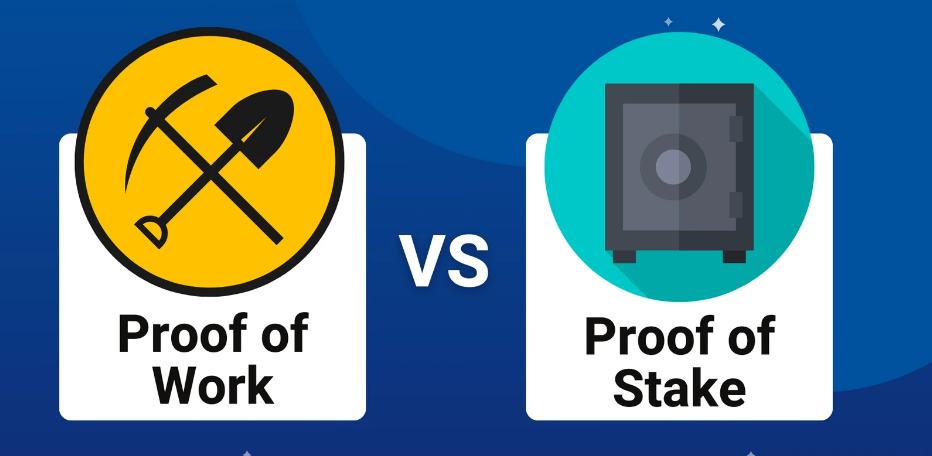How to Choose Between Proof of Work and Proof of Stake for Your Cryptocurrency
When developing or investing in a cryptocurrency, one of the most critical decisions is selecting the appropriate consensus mechanism. The two most popular options are Proof of Work (PoW) and Proof of Stake (PoS). Each has its strengths and weaknesses, making the choice dependent on your project’s priorities, such as security, energy efficiency, decentralization, or scalability. Below is a comprehensive guide to help you decide.
Understanding Proof of Work (PoW)
Proof of Work is the original blockchain consensus mechanism, first implemented by Bitcoin. It requires miners to solve complex computational puzzles to validate transactions and add new blocks to the blockchain.
Advantages of PoW
-
Proven Security: PoW has a long track record, with Bitcoin operating securely since 2009
-
Decentralization: Mining requires significant resources, making it difficult for any single entity to control the network
-
Resistance to Manipulation: The high computational cost deters bad actors from tampering with the blockchain
Disadvantages of PoW
-
High Energy Consumption: Mining consumes vast amounts of electricity, comparable to some mid-sized countrie
-
Expensive Hardware: Specialized equipment like ASICs is required for competitive mining
-
Scalability Issues: PoW networks can be slower due to the time needed to solve puzzles and validate transactions
Understanding Proof of Stake (PoS)
Proof of Stake was introduced as a more energy-efficient alternative. Instead of mining, validators are chosen based on the amount of cryptocurrency they “stake” as collateral.
Advantages of PoS
-
Energy Efficiency: PoS consumes significantly less energy than PoW since it doesn’t rely on computational power
-
Lower Barrier to Entry: Validators only need to stake tokens rather than invest in expensive hardware
-
Scalability: Faster transaction processing due to reduced computational requirements
Disadvantages of PoS
-
Risk of Centralization: Wealthier participants with more tokens have greater influence over the network.
-
Security Concerns: PoS systems are newer and lack the extensive track record of PoW systems.
-
Forking Issues: Validators may profit from supporting multiple forks, potentially undermining network integrity.
Comparison Table
| Feature | Proof of Work (PoW) | Proof of Stake (PoS) |
|---|---|---|
| Energy Usage | High (requires significant electricity) | Low (minimal energy consumption) |
| Hardware Requirement | Specialized (e.g., ASICs) | None |
| Security | Proven track record since 2009 | Relatively new; risks still being evaluated |
| Decentralization | High (resource-intensive mining prevents control) | Moderate (wealthier participants hold power) |
| Transaction Speed | Slower due to mining competition | Faster due to streamlined validation |
| Cost Barrier | High initial and ongoing costs | Lower initial cost but requires token staking |
How to Decide
Your choice between PoW and PoS should align with your cryptocurrency’s goals:
-
Prioritize Security? Choose PoW.
If your main concern is creating a highly secure and decentralized network, PoW is ideal. Its long history with Bitcoin demonstrates its reliability. -
Focus on Sustainability? Choose PoS.
For projects aiming to minimize environmental impact and improve scalability, PoS is the better option due to its energy efficiency and faster transaction speeds. -
Balance Both? Consider a Hybrid Approach.
Some blockchains combine elements of both mechanisms or innovate entirely new consensus models to balance security, efficiency, and decentralization.
By carefully evaluating your project’s needs and understanding these mechanisms’ trade-offs, you can make an informed decision that supports your cryptocurrency’s success in a competitive market.
Also Read :
